All Stories
-
 Neuroscience
NeuroscienceBrain implants let paralyzed man move robotic arm
Implanting tiny silicon chips in the action-planning part of a paralyzed man’s brain let him smoothly control a robotic limb with his thoughts.
By Meghan Rosen -
 Climate
ClimateOnce-stable Antarctic glaciers are now melting rapidly
A group of glaciers in Antarctica that were once stable started rapidly melting in 2009, new research shows.
-
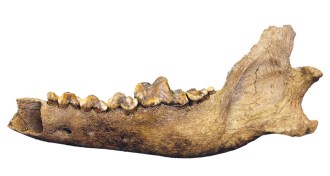 Genetics
GeneticsAncient DNA pushes back timing of the origin of dogs
DNA extracted from the fossil of an ancient wolf indicates dogs and wolves diverged longer ago than previously thought.
-
 Animals
AnimalsOctopuses can ‘see’ with their skin
Eyes aren’t the only cephalopod body parts with light-catching molecules.
By Susan Milius -
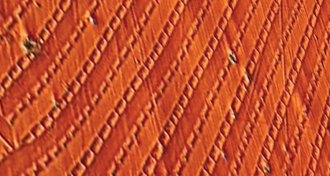 Materials Science
Materials ScienceLike a balloon, peculiar magnet grows and shrinks
A recently discovered alloy of iron and gallium can expand and contract like a balloon when exposed to a magnetic field.
By Andrew Grant -
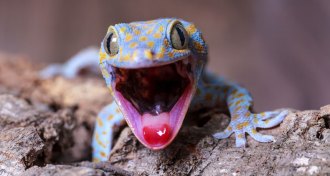 Animals
AnimalsRising temperatures may cause problems for cold-blooded critters
Ectotherms cannot easily handle extreme temperatures, a new study finds.
-
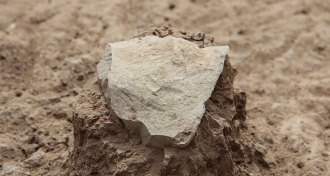 Archaeology
ArchaeologyEarliest known stone tools unearthed in Kenya
East African discoveries suggest stone-tool making started at least 3.3 million years ago.
By Bruce Bower -
 Astronomy
AstronomyPeeks into early life of supernovas show how to blow up a star
Multiple supernovas show off some of the ways a star can explode.
-
 Science & Society
Science & SocietyGene therapy, Gattaca-style, poses ethical issues
Gene therapy becomes more sophisticated, and the debate over the ethics of DNA tinkering grows.
By Eva Emerson -
 Paleontology
PaleontologySuds versus nanoparticles and more reader feedback
Readers discuss the posture of an ancient reptile and why washing machines and nanoparticles don't mix.
-
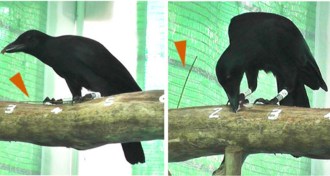 Animals
AnimalsCrows safeguard sticks to speed future food-finding forays
New Caledonian crows safeguard the sticks they use to find food. As the risk of losing the tool increases, the more protective the birds become.
-
 Health & Medicine
Health & MedicinePlaytime at the pool may boost youngsters’ bodies and brains
Learning to swim early in life may boost kids’ learning in language and math.